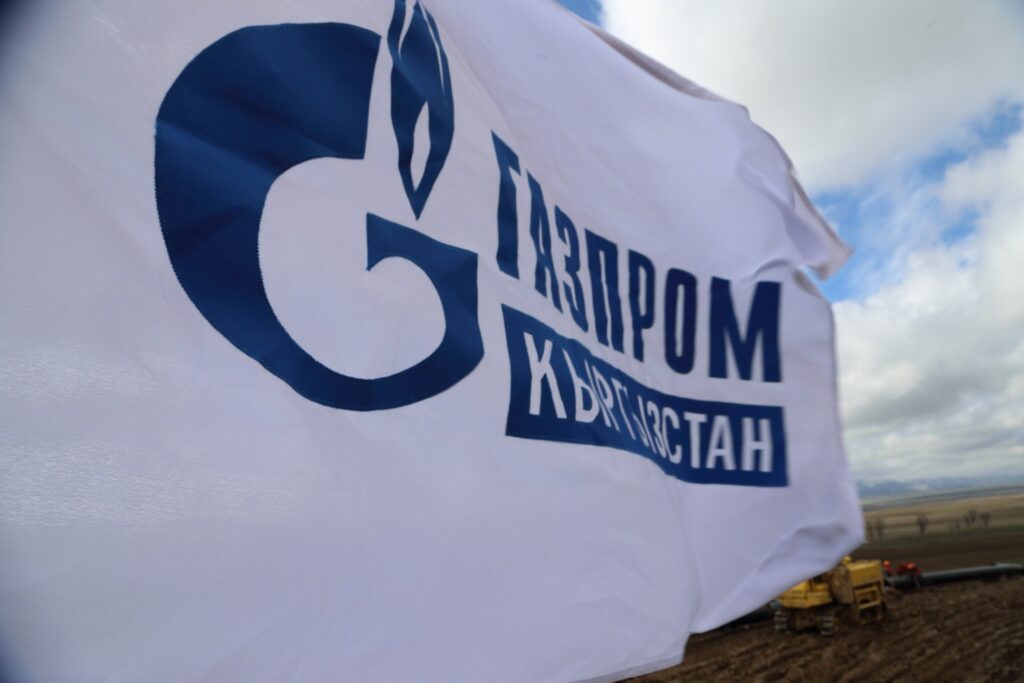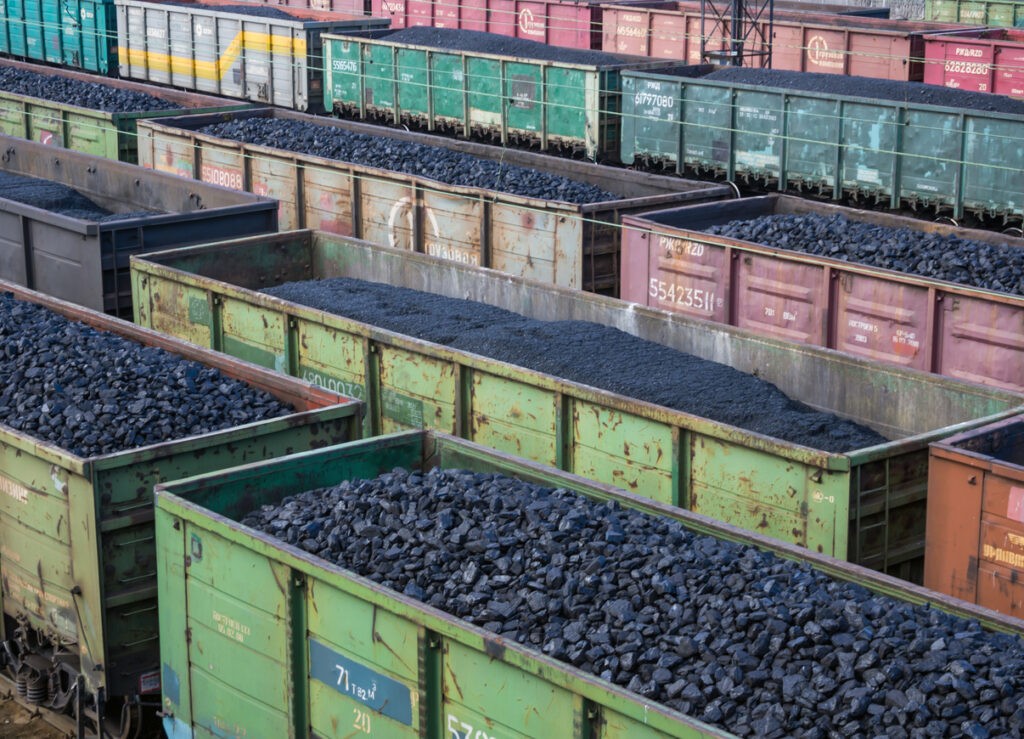BISHKEK (TCA) — Coal production in the member countries of Eurasian Development Bank (EDB) reached 232 million tons over the first six months of 2016, a record high over the past 20 years, according to the Coal Industry in EDB Countries, a report prepared by the Bank’s Department for Strategic and Sector Research.
The report says that from 2011 to 2015, coal prices all over the world were declining because of growing supply and toughening competition with other energy sources which are more attractive in economic and environmental terms. This year, the demand and supply changed favorably for coal producers and coal prices grew compared to the lows as of end-2015 and early 2016. However, most forecasts suggest there will be a weak or no increase in coal prices until the end of this decade.
Kazakhstan’s coal industry is one of the most important raw material sectors in the country. In 2015, Kazakhstan ranked eighth in the world in terms of proved coal reserves (33.6 billion tons, or 3.8% of the global reserves) and tenth in terms of output (1.2% of the global figure). Coal is widely used in Kazakhstan’s economy, in particular in power generation, heavy engineering, mining, other extractive industries, and utilities, and is also exported.
However, both coal production and export have been in a lengthy decline caused by the extremely negative external environment and reduced consumption of Kazakh coal by Russian thermal power plants (accounting for 77% of exports), as well as a decrease in profitability.
The average ash and sulphur content in Kazakh coal is higher than in coal supplied by other major producing countries. This, coupled with a reduction in thermal coal prices and high transport costs, makes Kazakh thermal coal insufficiently competitive in global markets. Consequently, Kazakh thermal and power plants are expected to remain the main source of demand for thermal coal until 2030. Developing high-tech coal business and searching for new growth points are important for the future of Kazakhstan’s coal industry, according to the report.
Russia has significant proved coal reserves, accounting for approximately 18% of the global figure. The country’s coal industry maintained positive dynamics in 2014-2015 despite economic recession. The sector’s profitability improved as a result of the devaluation of the national currency.
Therefore, being profitable and rather resistant to main shocks affecting the Russian economy, the coal sector provides lending and investment opportunities. However, its long-term prospects are more doubtful than in other raw material and export-oriented sectors such as metallurgy and oil and gas, which have similar positive characteristics. The medium-term risks for Russia’s coal production may be associated with the appreciation of the rouble and growing production costs, the report says.
Kyrgyzstan’s estimated in-place coal reserves total 28.3 billion tons, including 2.3 billion tons of proved reserves and 6.4 billion tons of probable reserves. The coal industry is of strategic importance to the Kyrgyz Republic since it produces raw materials for the generation of electricity the country is in shortage of.
In the 1990s, Kyrgyzstan faced a serious decline in coal production, followed by lengthy stagnation of the sector. Since 2007, the government began to take active steps under its import substitution and energy security policies to revive the sector. This resulted in that over the recent ten years coal production has increased fivefold, to 1.9 million tons in 2015 (yet it is still two times less than in 1990). The demand for imported coal has begun to decline.
The Kyrgyz Republic’s strategy for the development of the fuel and energy sector until 2025 envisions continuous diversification of energy sources and substitution of imported coal. However, high transport costs, outdated processes, obsolete production facilities and institutional problems remain barriers to the advancement of coal production in the country, the report says.
According to the report, Tajikistan’s coal reserves are estimated at a minimum of 4.3 billion tons. Their development has been activated since 2013 after natural gas supplies from Uzbekistan were cut.
Tajikistan’s coal sector boasts significant development prospects, considering that, beyond imports, coal is the only source of energy for the country, the supply of which can be increased quickly and with moderate expense. The obstacles that can hinder the development of Tajikistan’s coal industry include the complicated investment climate, and social and political risks. In addition, coal’s attractiveness as a source of energy may go down in Tajikistan if oil and gas import conditions improve, which may happen, for example, if Uzbek imports are restored, or if the country makes connection to international oil and gas pipelines, or if new oil and gas fields are discovered in Tajikistan.
Eurasian Development Bank (EDB) is an international financial institution founded by Russia and Kazakhstan in 2006 with the mission to facilitate the development of market economies, sustainable economic growth, and the expansion of mutual trade and other economic ties in its member states. The member states of the Bank are Armenia, Belarus, Kazakhstan, Kyrgyzstan, Russia, and Tajikistan.









